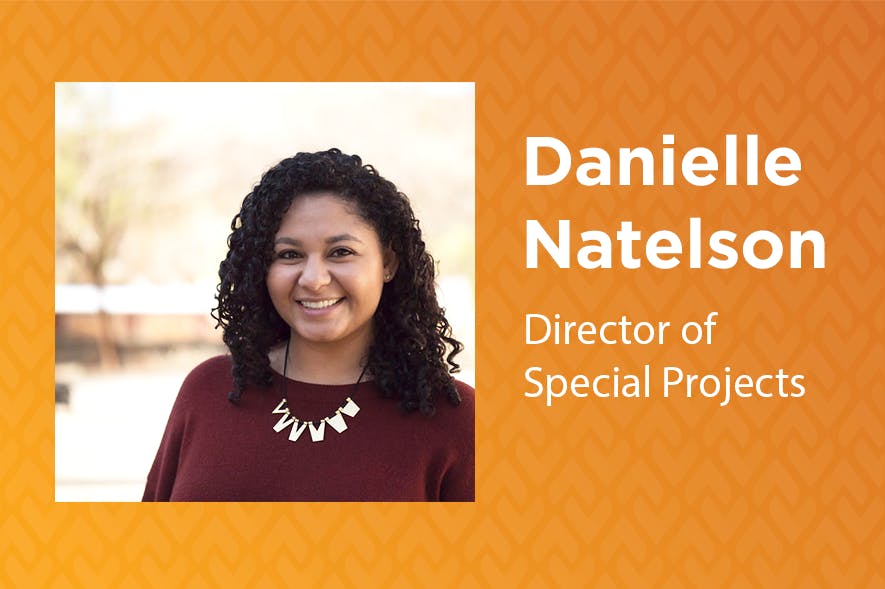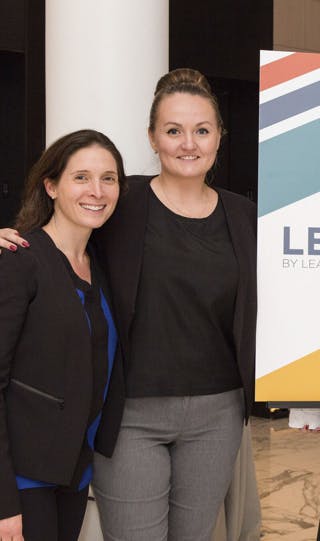
Doing Gratitude and Joy, Feeling Grief: Purim During Personal and Communal Mourning
“Mishenikhnas Adar, marbin besimha. From when [the month of] Adar enters, we increase in joy.” — Talmud Bavli, Taanit 29a
We are now in the Hebrew calendar month of Adar. (Actually ending the first of two because it’s a leap year, but that’s another story.) Rabbinic tradition teaches us that in this month, which includes the festive holiday of Purim, we are called to increase our joy.
This idea is not quite a commandment, but rather a charge, an intention, and a goal. In many ways, this call to action makes sense given its alignment with the themes of the major holiday that coincides with the month. And yet, some years, like this one, this charge feels more challenging to heed.
Last January, my family was faced with an unthinkable and life changing challenge after my father experienced a massive brain bleed out of the blue. We spent nearly all of 2023 caring for him, and while he made some progress, he never fully recovered, and we lost him on October 5, 2023–right in the midst of another meant-to-be joyous season in our calendar: the holiday of Sukkot. And then, on October 7th, that personal grief journey was compounded by a collective communal grief journey — one that I often feel eclipsed by as I try to find comfort and camaraderie for this sad path I find myself walking along.
There is no doubt that this chapter in Jewish history and in the narrative of our sector is a challenging and dark one. It also sadly isn’t the first, and I don’t imagine it will be the last. As I ask myself how I could possibly heed a call to joy in my first year as a mourner, being reminded of this fact helps me shift the question towards one I hope might provide me — and perhaps others — some insights and a way forward. How might we allow for greater perspective into joy specifically when it’s hard to notice?
Jewish time is full of moments that call upon us to act in accordance with the notion of elu v’elu, these and those, or both-and. Nearly all joyous occasions require us to note in some way the brokenness of our world, the challenges of the journeys that led to those moments, or simply a recognition of those who aren’t with us physically to mark the moment. And similarly, somber moments aren’t void of themes of gratitude, hope, and even some degree of celebration for the gifts that life has to offer us. So too, in this dark moment, can more than one thing be true. And the charge is therefore an invitation to notice and put it into greater focus. We have the opportunity not to change the picture, but shift or at least widen our perspective on it, even if only for a period of time.
But what might acting in alignment with this intention actually look like? I love an old adage I learned that says “to Jew is to do,” reminding me that thoughts, feelings, mindsets, and even beliefs alone aren’t what constitute a Jewish life. To live Jewishly is to act Jewishly, and to seek an almost chiropractic way of living — searching for and working towards greater alignment between the essence of the heart and mind, and the substance of our actions and behaviors. How can we act in a way that demonstrates increased joy, even and especially in a less than joyous chapter?
In college at UC Berkeley, I took a class on the science of happiness to fulfill a requirement for an upper division psychology course I needed. In a world where, certainly at the time, the field of psychology was focused on what was wrong or dysfunctional, it was countercultural and rare to have any significant research or focus on positive psychology and the ways that people create and maintain strong mental health proactively. (Now there is a full department, The Greater Good Science Center, dedicated to positive psychology with plenty of resources.) In this course I learned about the power of gratitude to generate and sustain feelings of happiness and joy. Research showed that acts of gratitude, not necessarily just thoughts, were much more impactful in shifting people’s perspectives towards greater happiness and enhancing their experience of joy. This impact could also be felt through acts of kindness and giving.
Themes of gratitude are abundant in Jewish wisdom and tradition, and for some people, a practice of gratitude is built into their routines through prayer and rituals of giving. For others of us, there is room to create or increase the number of ways and the frequency with which we act with gratitude, and doing so might give us a way to live into the call for greater joy in a way that can coexist with the complex feelings of this moment.
Actions of gratitude are not only powerful personally and interpersonally, but also at work — the place a majority of us spend the most and best of our waking hours. The working world has been navigating many challenges over the last few years in particular, and our sector has had to navigate those challenges in addition to our own.
Our teams are working so hard to ensure the vitality of Jewish life across a robust and diverse set of communal needs and experiences. And while not everything at work (or in life) will always be enjoyable, our research shows that enjoying your job not only matters to workers themselves, but is also a key driver of employee engagement and retention, making it all the more important to focus on in this moment. Many of the top engagement and retention drivers from our research suggest key places to focus on, especially if and as we try to live into the charge that the month of Adar presents us.
This month, let’s commit to actions of gratitude and giving that help us sustain healthy workplace cultures, and increase and put into focus some of the joy and fulfillment that is both so necessary to sustain us and so hard to access in this moment.
Take Action: Gratitude for Joy
Below are a few brief ideas for enacting gratitude in your organization to bring some joy into Adar, even at a painful time.

Thank your team.
Take an opportunity to reflect back to your team some of the accomplishments, examples of resilience, and evidence of their collaboration that can be celebrated and appreciated. Find a way to share gratitude on both a collective and individual level, specifically connecting how employees' individual work efforts have contributed to the organization’s mission, especially if and as your teams have worked harder, faster, and more creatively over the last few months. Doing so opens up an important line of communication, helps employees recognize their progress, and can help sustain motivation to do their best work, all of which are identified by our research as engagement and retention drivers.

Recognize your managers.
Our research continues to show that the unique demands on managers have been taking a toll on them, and these past few months have surely exacerbated that experience. Take time this month to check in with your managers, both to express appreciation and to identify additional ways you can support them moving forward. In addition to contributing to demonstrating care and concern for this critical group of employees, it can also help identify ways you can continue to prioritize well-being for the full team.

Create opportunities for employees to share gratitude for each other.
In moments of crisis and challenge, some of the first things to suffer are communication and collaboration, which we know from our research are paramount to healthy organizational workplace culture and employee engagement. Consider developing ways to have employees share concrete examples of the support they receive from one another, whether in a shared document for everyone to populate and see, as part of a team meeting in small groups, or as a Friday sign-off prompt in your organization’s communications channels, like Slack, Teams, or email.

Identify opportunities for relationship building.
Moments of challenge also tend to pull focus of our teams towards the outputs of our work, sometimes at the expense of important relationship development within and across teams. It can also impact feelings of belonging, which we know is a key engagement and retention driver. Find ways to help employees connect with one another on a human level — a walk-and-talk check in, a coffee chat, a lunch and learn, a quick check in before diving into an agenda of a meeting — these opportunities help us develop greater empathy for one another and ultimately fuel greater trust and more effective collaboration.
About the Author

Danielle Natelson is Director, Programs at Leading Edge.




